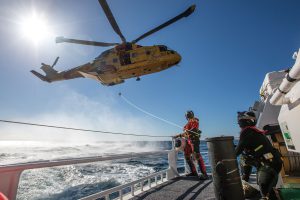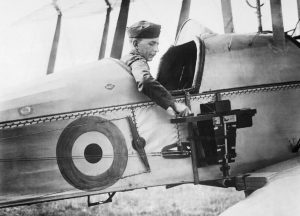
Wildlife
The butterfly redemption
How scientists, volunteers, and incarcerated women are finding hope and metamorphosis through supporting a struggling butterfly
- 4011 words
- 17 minutes
This article is over 5 years old and may contain outdated information.
Every day, around 40 million photos are posted to the social image sharing platform Instagram. They range in subject from the quotidian (meals, pets, outfits) to the sublime (sweeping nature scenes, thoughtful portraits) and in execution from the amateur to the magazine-worthy.
Considering this daily outpouring of visual creativity, it can be difficult to believe that photography is still a young art form – the earliest surviving photograph was made less than 200 years ago. In those early days, the limits of the form meant photography was practiced by only the most patient and determined men and women.
One of these was George Thomas Taylor, a carpenter’s son from Fredericton who practiced his esoteric pastime in the uncharted wilderness of northern New Brunswick. To this day, Taylor remains relatively unknown outside New Brunswick; yet, as Fred Phillips argued in a March 1956 article in the Canadian Geographical Journal, he was one of Canada’s first and arguably most important nature photographers.
Born in 1838 – one year before Louis Daguerre introduced his silver-plate photography process to the world – Taylor taught himself photography from periodicals he borrowed from English soldiers stationed at the Fredericton garrison. (Throughout his career, Taylor built all his cameras by hand.)
By the time he was in his early 20s, Taylor’s obvious talent and passion for the new science of photography had attracted the attention of Sir Arthur Gordon, Lord Stanmore, the last colonial Governor of New Brunswick. Gordon commissioned Taylor to travel the region, documenting the lives and ways of its people. The resulting body of work is a significant visual record of a province transitioning from life under British rule to confederation.
Taylor earned an income making studio portraits of prominent people, but his real interest lay in capturing the vast uninhabited forests and river valleys of his province, which he navigated with the help of native guides who called him “Garge.”
“Let other photographers work in ill-smelling studios if they wished … [Taylor] would take his unwieldy gear outdoors,” Phillips wrote. “God had built him a larger studio, one with a great blue vault for a skylight.”
By 1906, the invention of the portable box camera had made photography accessible to the masses, and the art form lost some of its lustre for Taylor; after one final expedition to the head of the Tobique River that year, he retired from photography and took up painting until his death in 1913.
Today, Taylor’s original negatives reside in the Provincial Archives of New Brunswick. His Fredericton home still stands at 232 Northumberland Street and is marked with a Heritage Trust plaque.





Wildlife
How scientists, volunteers, and incarcerated women are finding hope and metamorphosis through supporting a struggling butterfly

People & Culture
A celebration of the Canadian Coast Guard’s renowned search-and-rescue capabilities — and more — as the special operating agency turns 60

History
When did aerial photography first emerge, and what’s happened in the years since?

History
Throwback Thursday – Canada’s Debt to the Indians